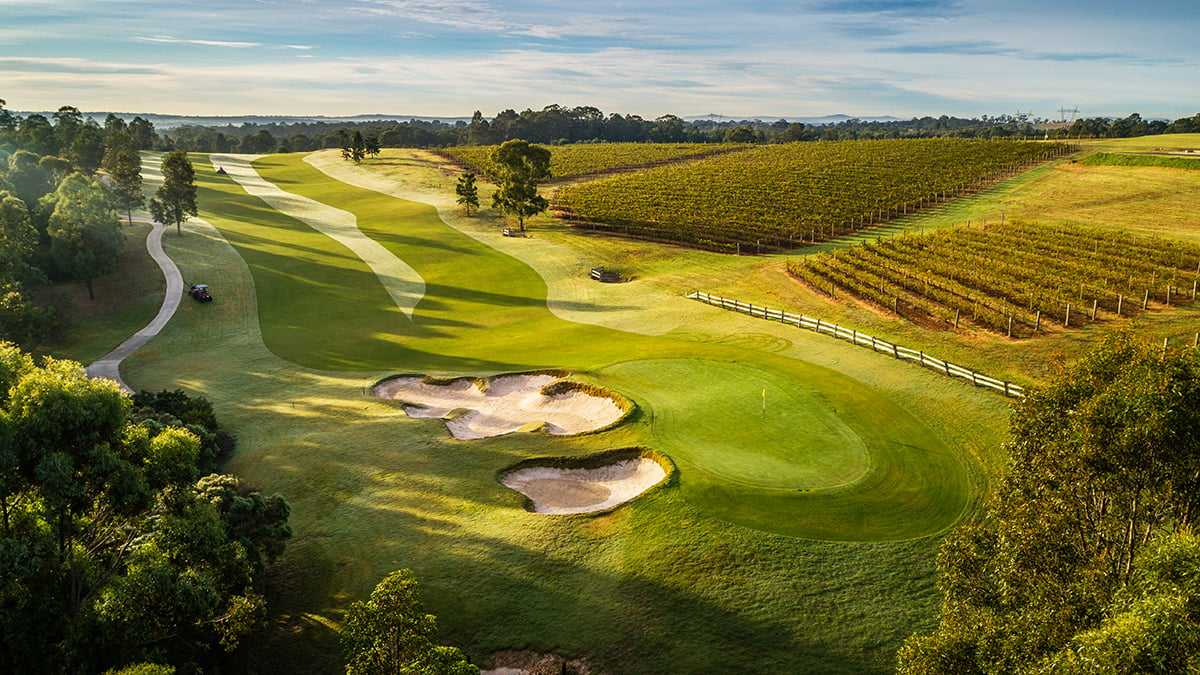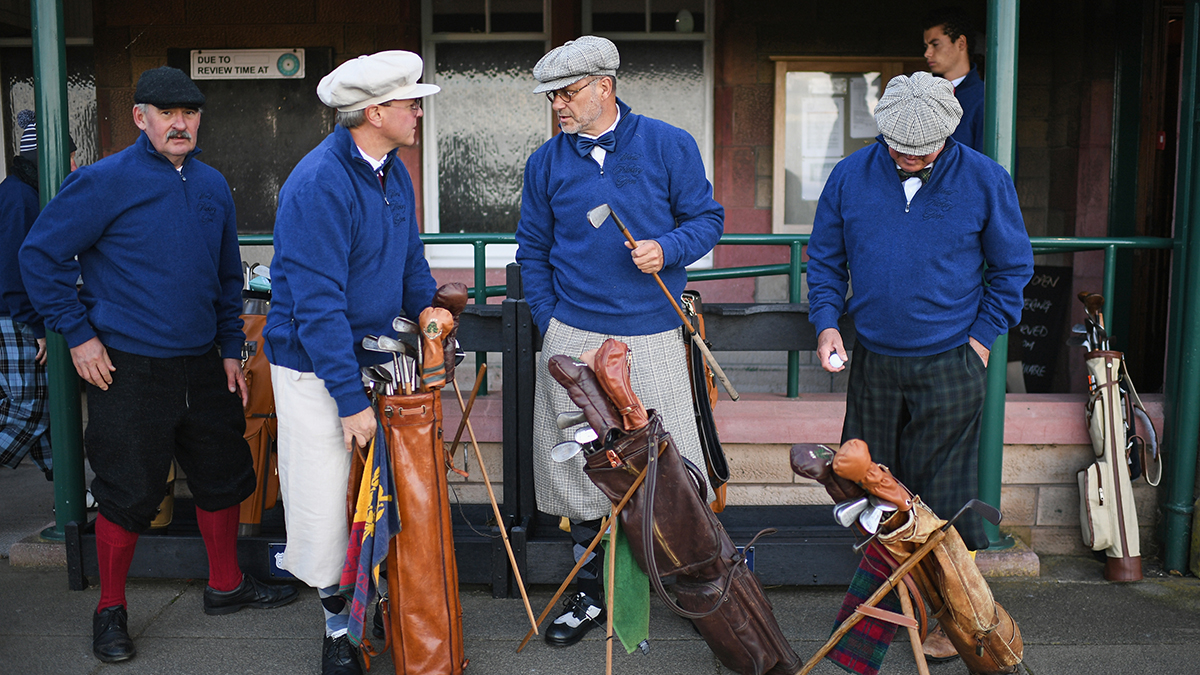Editor’s Letter: Attendance Issues – Australian Golf Digest

- by Admin
- November 26, 2024

Life’s all about timing, including when to stage our most important golf tournaments
Have you ever shown up at work but you weren’t there to work? Maybe on a weekend or during your day off and you needed to pick something up, or perhaps you were on leave but still had lunch with some colleagues. In other words, it might happen but it’s still unusual.
More on that in a moment.
We’ve reached the point on the calendar when downtime is king in professional golf. The Women’s Australian Open field was hampered by a timing that saw the LPGA Tour season’s crescendo fall mere days before play began in Melbourne. Flying across the globe in time from Florida was simply not appetising enough for many – and justifiably so.
It’s an Adam Scott-less summer for the first time in forever, although his unmatched dedication to playing at home for so many years earned Scott a pass in the eyes of almost all golf fans. Meanwhile, that Rory McIlroy shared on social media his intentions to fly to New Zealand this southern summer but not to Melbourne for two Sandbelt courses he reportedly reveres speaks volumes. It wasn’t so long ago that the Northern Irishman espoused that he’d play a tournament at Kingston Heath purely because it was Kingston Heath.
Well, there was your opportunity, Rory…
In America in October, Utah-born Tony Finau opted not to contest that state’s first PGA Tour event in 61 years, saying his son had a junior tournament in Texas that week. (Finau also has other issues on his plate.)
Yet perhaps most curious was the sight of Min Woo Lee attending the 100th WA Open in his home city but not playing in it. Cam Smith electrified two lesser-light tournaments by playing in the Queensland PGA and NSW Open, but Lee chose to boost his state open by mixing it with fans in the gallery rather than by playing (he flew out for the PGA Tour’s Zozo Championship in Japan on the Sunday).
While his effort to at least be seen was commendable, according to at least some of our followers on social media, it was an odd look to show up without playing. Each to their own, we suppose.
Every summer we face the same conundrum: the battle to get players, including our leading home-grown golfers, to compete. Australia gets the rough end of the stick when it comes to global fixtures, a situation that may or may not improve whenever the long-awaited resolution in the men’s professional game occurs.
I remain torn about the best window on the calendar to hold our biggest tournaments. February – which is post-tennis and most cricket yet pre-football – seems like the obvious alternative to the current late spring/early summer timing for our most prestigious events. This coming February, LIV Golf Adelaide will benefit from the ‘clear air’ from other sports after its date change, while the Australian Masters (RIP) was arguably a better tournament when held in February. Many course superintendents preparing golf courses would prefer late-summer dates, however the nature of the current PGA and DP World tour schedules precludes that to a large degree (yet women’s tournaments held in February give us stronger fields, if history is any guide).
The logical flow-on question from any discussion about tournament dates is far more philosophical: who are our tournaments for? Are they for the home-grown, bread-and-butter, Australian-based players? Or are they for the global stars that we hope to lure here to play as well? Most date talk centres on paving a path for the latter, as the former group would surely play at any time.
As English poet John Lydgate said: “You can please some of the people all of the time, you can please all of the people some of the time, but you can’t please all of the people all of the time.”
The answer to any tournament date conundrum invariably comes down to: who, exactly, are we trying to please?
Top 5 Karrie Webb moments
Ahead of her 50th birthday on December 21.
5. Winning the Women’s British Open, 1995: Her first pro victory came as a 20-year-old – and by six strokes. It signalled what was to come.
4. Winning in just her second start on the LPGA Tour, 1996: Now, America was taking notice.
3. Eagling the 72nd hole en route to winning the Kraft Nabisco Championship, 2006: Karrie was not done yet.
2. Completing the career Grand Slam, 2001: She’d won everything there was to win in women’s golf. At 26.
1. Initiating the Karrie Webb Series, 2008: Hosting two scholarship holders in America each year is a legacy that will outlast her stellar playing career.
The Latest News
-
November 26, 2024Zheng Qinwen to begin 2025 with a new coach for the Australian Open – Will Pere Riba return?
-
November 26, 2024Australia v India: Marnus Labuschagne to be axed for second Test?
-
November 26, 2024Payments stuck, stocks on hold, 5 companies worried as Australian retail giant in trouble | Sourcing News India
-
November 26, 2024Keep calm and carry on? It may be time for Australia to shift from default setting after first Test thumping | Geoff Lemon
-
November 26, 2024Singapore Post in Talks Over Australia Business Sale – TipRanks.com




